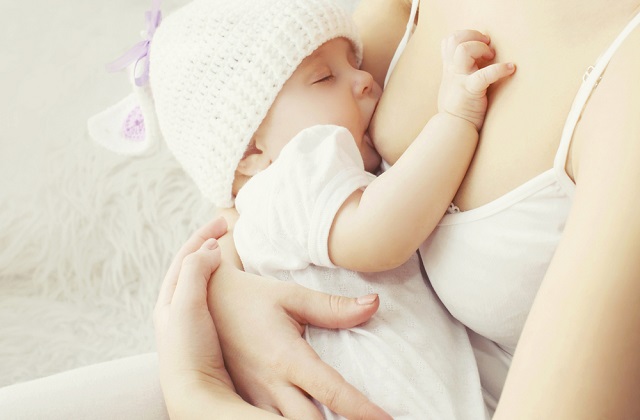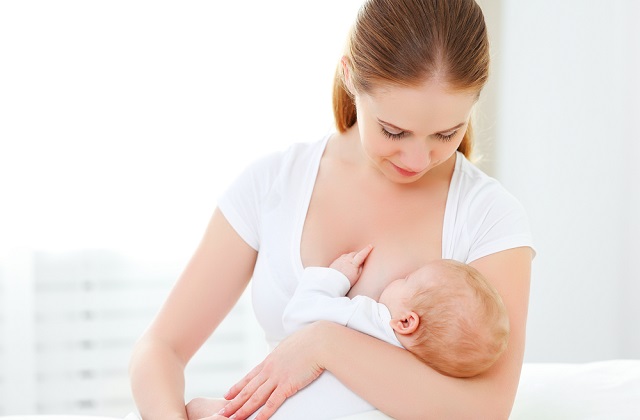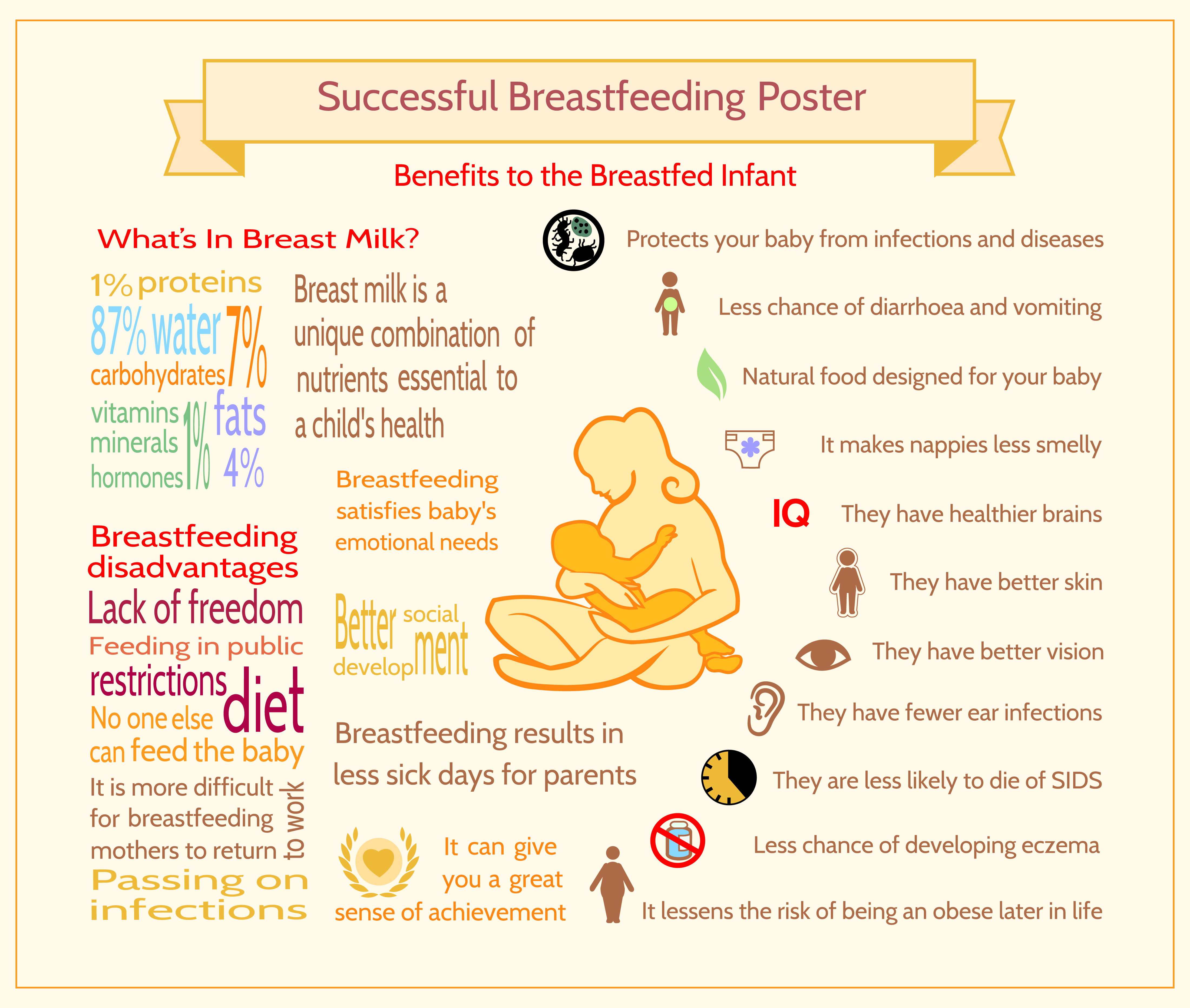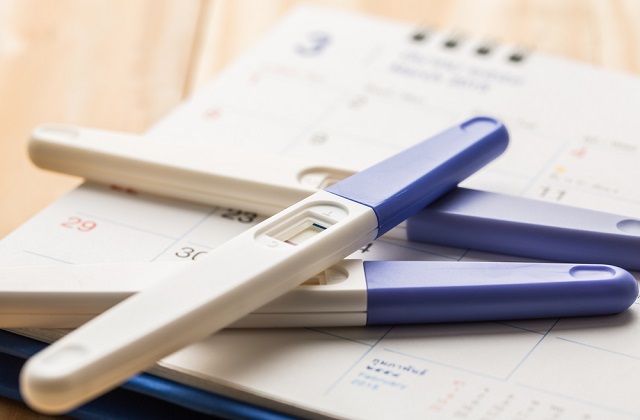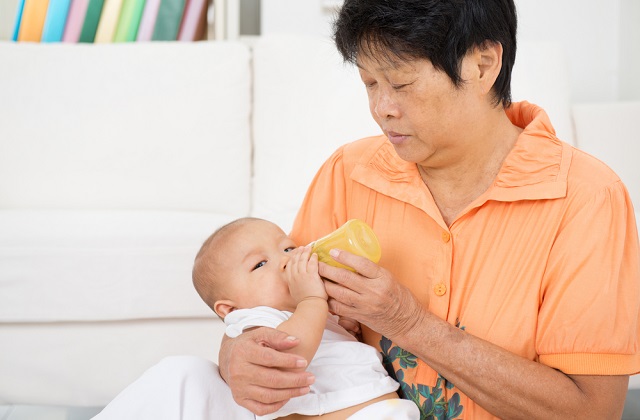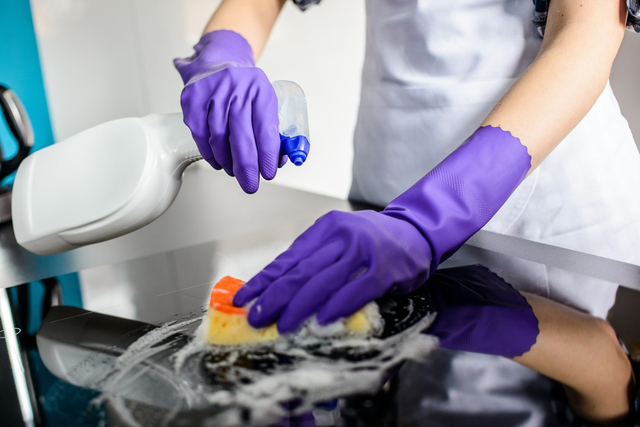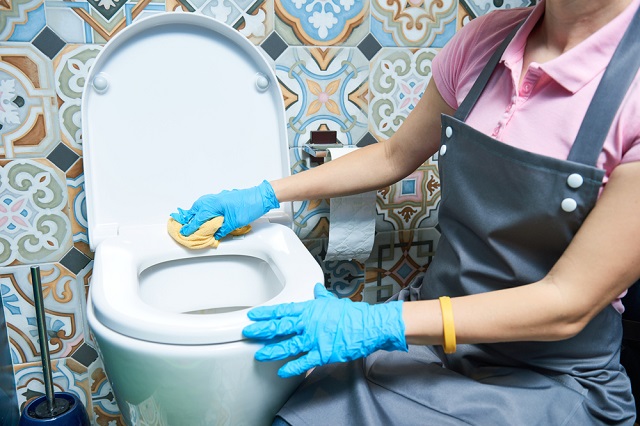Mastitis:cause, symptoms, treatment and prevention
What is mastitis?
Mastitis is an inflammation of breast which results in breast pain, swelling and redness. Some women affected by mastitis may also experience fever and chills.
Mastitis usually affect women who are breastfeeding only.
Mastitis can be caused by obstruction in the milk duct, infection or allergy.
Mastitis usually occurs within the first six to 12 weeks after giving birth, but it can happen any time later during breastfeeding.
Mastitis may cause some nursing mothers to stop breastfeeding. With proper treatment, continuing to breastfeed is actually a better option for both the baby and the nursing mother.
Symptoms of mastitis
Signs and symptoms of mastitis may include the following:
- Breast tenderness or warmth
- Nursing mothers feel run down
- Breast swelling
- Intense pain or a burning sensation in the breast
- Skin redness
- Fever of 38.3 degree Celcius or higher
Causes of mastitis
Primarily, mastitis is caused by breast milk staying in the breast, engorgement, plugged milk duct, inadequate milk removal or infrequent feedings.
Mastitis can also be caused by cracked, sore or bleeding nipples which allow germs to enter the breast.
The following factors can increase the risk of having mastitis:
- Stress, fatigue of nursing mothers
- Being a first-time mother can increase your risk of mastitis.
- Using only one position to breastfeed which may cause the breast to be not fully drained.
- Wearing a tightfitting bra or putting pressure on your breast from using a seatbelt or carrying a heavy bag, which may restrict milk flow
- Inadequate nutrition of nursing mothers
Treatment of mastitis
Immediate medical attention is needed to treat mastitis. Your doctor will usually prescribe antibiotics for treatment. It is important for you to follow the instructions and complete the antibiotics to avoid recurrence.
If your condition does not improve 48 hours after taking the antibiotics, you should call your doctor again to do a thorough check.
During treatment, keep the affected breast as empty as possible.
Prevention of mastitis
You can do the following to prevent mastitis:
- Avoid letting your breasts become overly full or engorged by nursing your baby frequently
- When unable to breastfeed due to various reasons, nursing mothers should express milk frequently and thoroughly with a breast pump or by hand. If you use hand, remember to be gentle.
- Have adequate rest
- Increase fluids, have healthy and adequate nutrition
- Use warm compresses or massages to get the milk out if you cannot completely empty the breast after breastfeeding or pumping.
Can I continue to breastfeed?
Yes, you should continue to nurse your baby. Although nursing may be extremely painful at times, you need to nurse your baby frequently to maintain the steady secretion of breast milk as well as to prevent further blockage. Try applying warm compresses to your breasts or massaging your breast for several minutes before each feeding. These should help stimulate your breast milk letdown reflex and make nursing more tolerable.
It takes a village to raise a child !
Join our WhatsApp Parenting Chat Groups By Area in Singapore.

